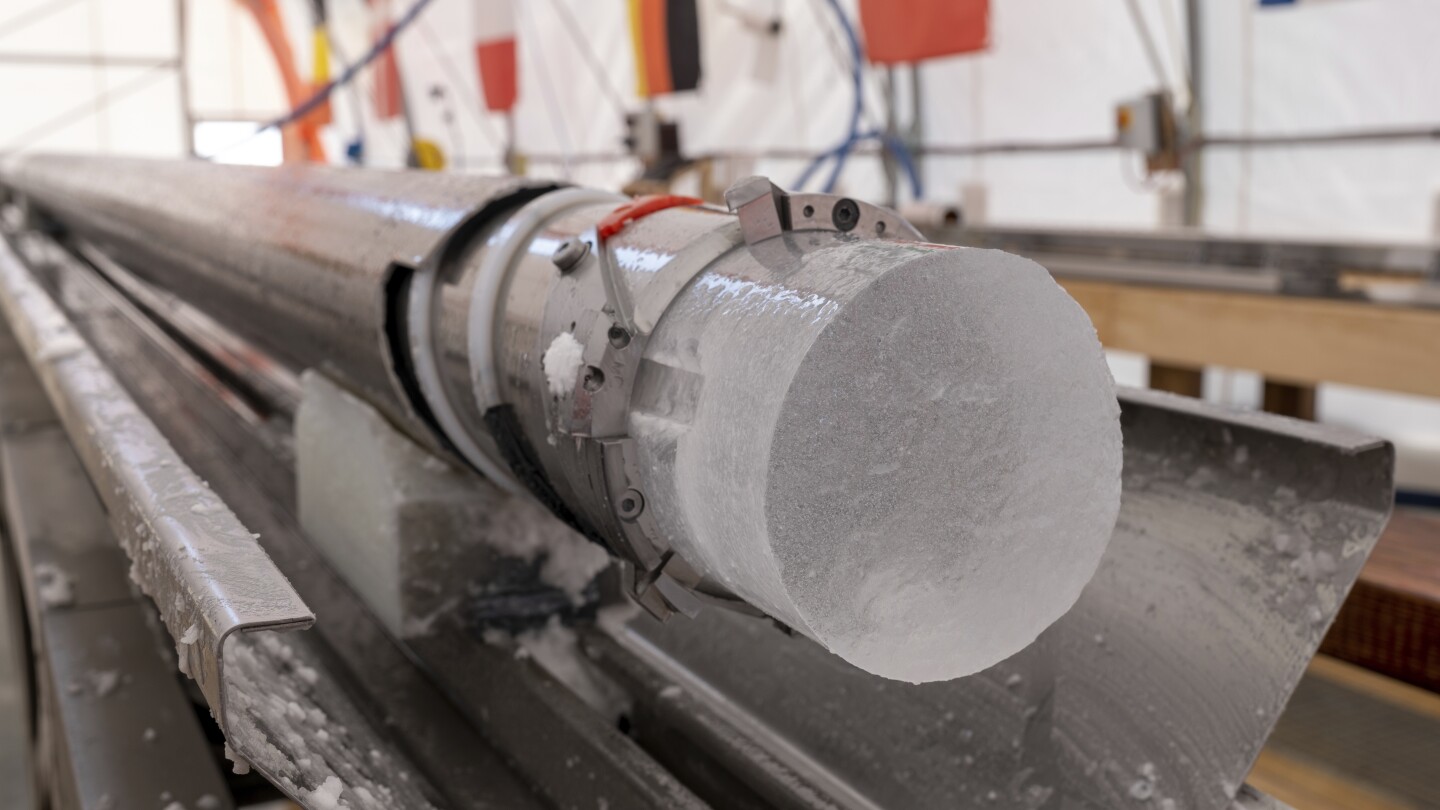- cross-posted to:
- [email protected]
- cross-posted to:
- [email protected]
Summary
An international team successfully drilled a 1.2-million-year-old ice core from Antarctica, reaching bedrock nearly 2 miles deep at Little Dome C.
The ice core will help scientists analyze Earth’s atmospheric and climate evolution, shedding light on changes in Ice Age cycles and greenhouse gas levels.
Preliminary findings indicate carbon dioxide levels today are 50% higher than at any point in the last 800,000 years.
Funded by the EU, the Beyond EPICA project highlights advancements in understanding past climates and human impacts on global warming.



I stopped worrying about this one. Pathogens tend to track closely to their host, and are ill adapted to environments even slightly unlike their chosen host. You can’t share most sicknesses with your pets because your body temps are a few degrees apart, for example. So the chances of anything from millions of years before us being well suited enough to represent a threat to us seem minuscule ESPECIALLY compared to the world we wake up to each morning: where nine billion organisms just like us are out there breeding new potential threats.